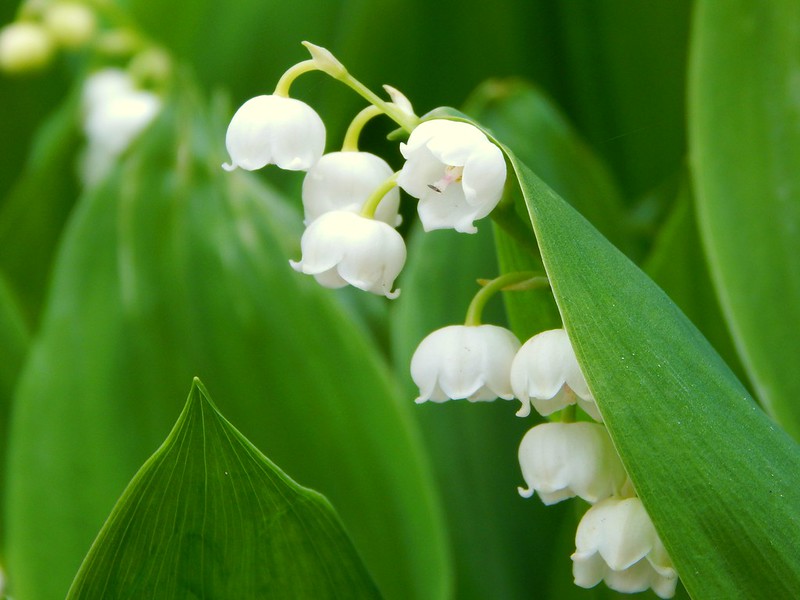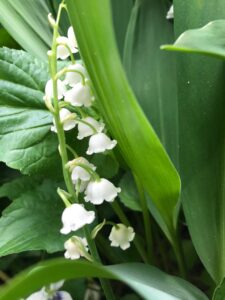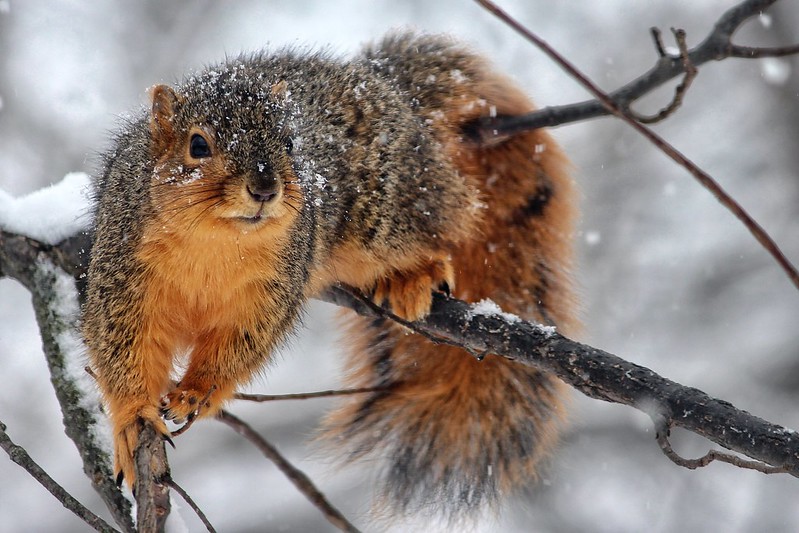Lilies of the valley are often considered a beautiful, yet high-maintenance plant. For writer Nancy Jorgenson, they will forever connect her to her beloved grandmother, who found virtue in caring for them. Caregiving was deeply rooted in her grandmother, who dreamed of being a nurse. But, society had different plans for a woman of her era. Jorgenson reflects on her grandmother’s devotion to her family, dreams, and flowers.
==
It was May 1977 when my grandmother Nana led me to her basement, past the black-iron cook stove, then the shelves of home-canned beans and beets. I sniffed the stale scent of Wisconsin woodfires, and the mustiness of potatoes in storage. Odors familiar to me since childhood.
“Come see the lilies,” Nana said as she leaned the screen door open and planted one leather shoe into her shady backyard. I was 22 and just married, but Nana’s gardens still felt like home. “Bring that shovel,” she said. “We’ll dig some for your new house.”
Nana cultivated other species, too — phlox, daffodils, violets, pansies. She coaxed each into a vibrant melody until her country yard trilled with color. Every year a new song, but her refrain always lilies of the valley.
Four decades later, Nana’s darlings transform my spring landscape from a dirt and grass hoedown to a frothy white minuet. Nana has been gone many years, but her lilies still sing and sway.
Nurseries call them a high maintenance plant, but Nana considered their spreading a virtue: their duty in life, like hers, to place roots, scatter beauty, and pass gifts on to a new generation.
Lilies of the valley thrive in shade. As a woman of the 1920’s, so did Nana. Her list of chores — change diapers, weed gardens, wash floors — cast long shadows over each day. Wife and mother was not her first choice of vocation. Many years earlier, she dreamed of an education and a life devoted to healing. “I always wanted to be a nurse,” she said. Instead, she lived, like neighboring farm wives, in her husband’s shadow, reflecting warmth and light toward him.
Like Nana, lilies of the valley rise early and bloom in the dawn of summer. Slender columns strut low to the ground, each boasting up to a dozen tiny flowers, pure white, only millimeters across. Of all Nana’s flowers, I wonder why these captivated her the most. Was it their delicate bell shape with round shoulders, fat waist and frilly lip? Or their heady scent, spicy and persistent? Or was it because they required no harvest, existing only to be lovely?
Lilies of the valley symbolize rebirth, purity, youth, and happiness. But Nana delivered them to the grave of her son, a sailor in the U.S. Navy, and later her husband, who died at only fifty nine, and then another son whose heart suddenly gave out. In life’s valleys, her lilies intoned a requiem.
My thirty-something daughters inherited Nana’s love of gardening. Gwen, a professional athlete, sows kale, plants parsley and nurtures her bed of mint. Elizabeth buys seedlings from her high school students who grow them in biology. For my daughters, planting is play. The stakes are low. If their gardens produce, they make a caprese salad or add chives to lettuce from the farmers’ market. They have none of Nana’s worries about climate’s uncontrollables, like rain, sun, drought, cold or heat, that could result in hungry children.
Two generations, on either side of me, relishing the wonder of a seed, the beauty in a bloom, the gratification of growing. In 1921, a necessity. In 2021, an amusement. Nana’s gardens became her vocation. She buried regrets and tended her plants as she would have tended patients. My daughters garden at their leisure, free to pursue their callings — teacher and writer, professional athlete, or nurse if they so choose.
(This story was originally published in “Creative Wisconsin Anthology,” a Wisconsin Writers Association publication of the 2021 Jade Ring Winners.)









